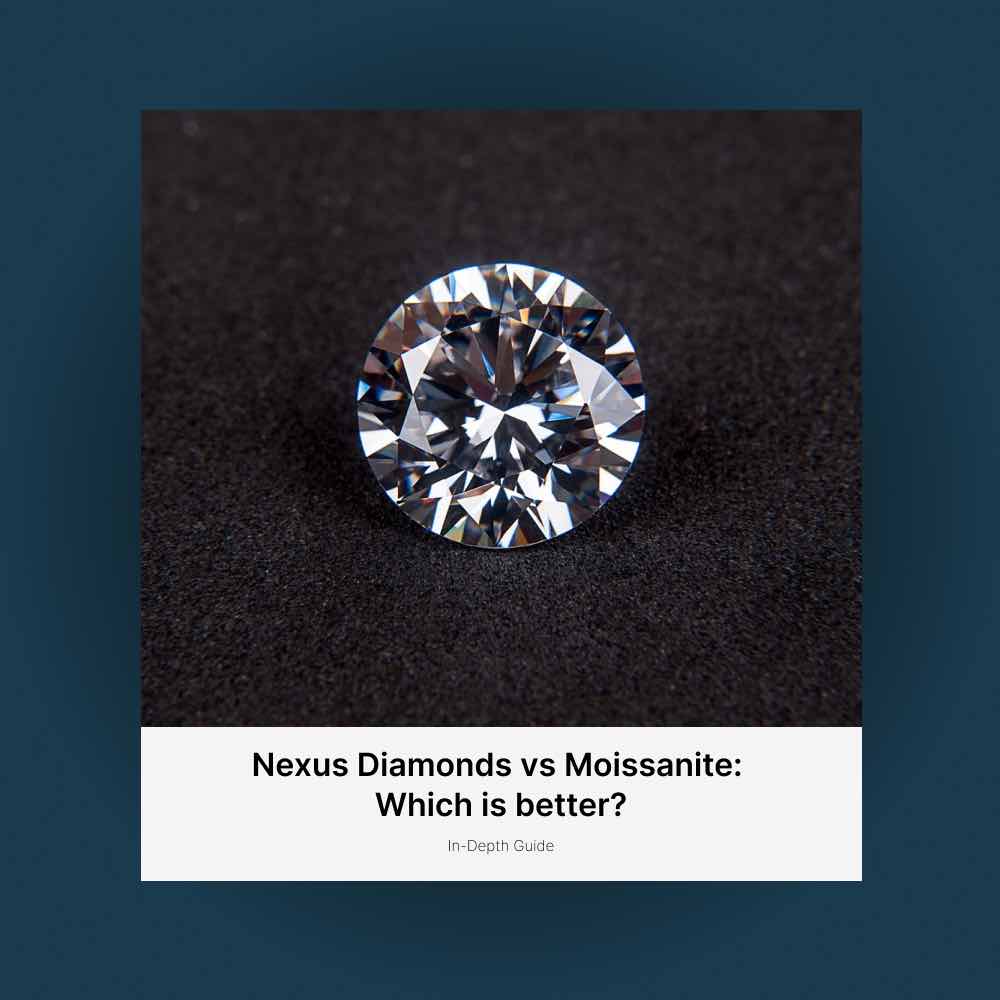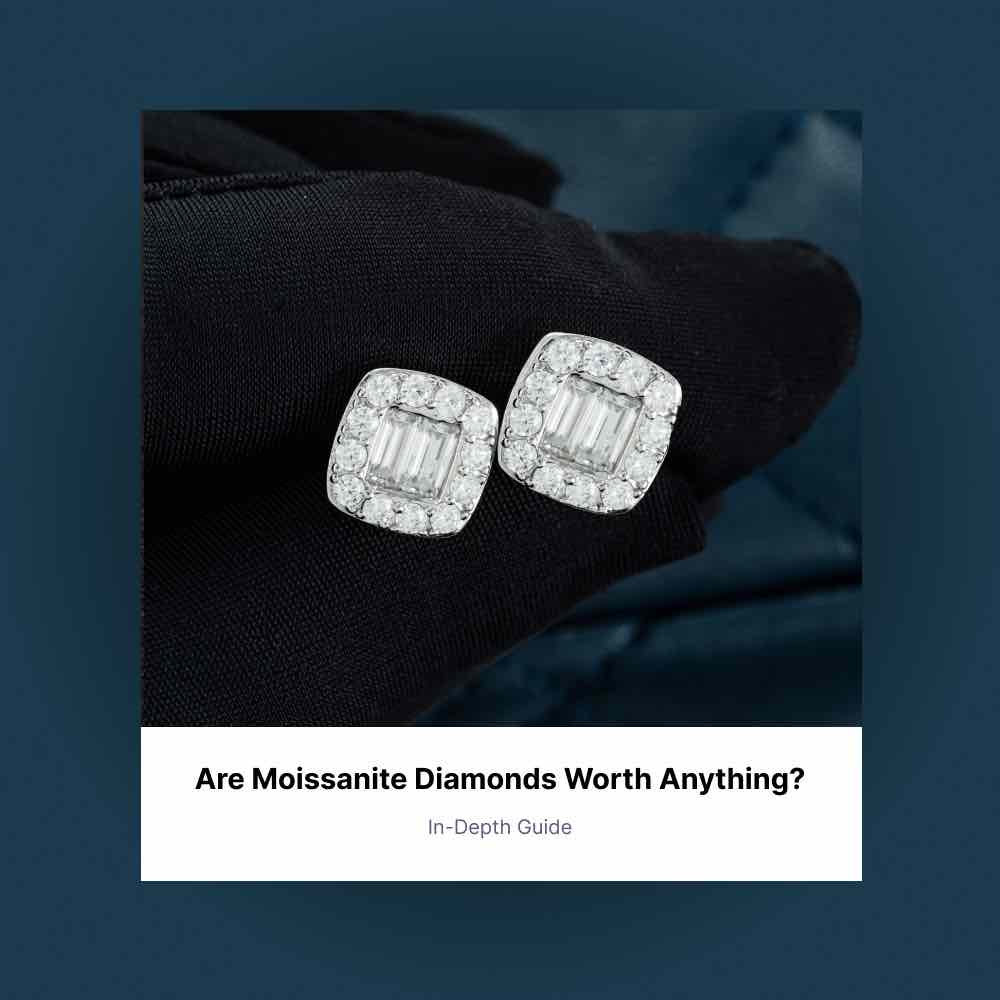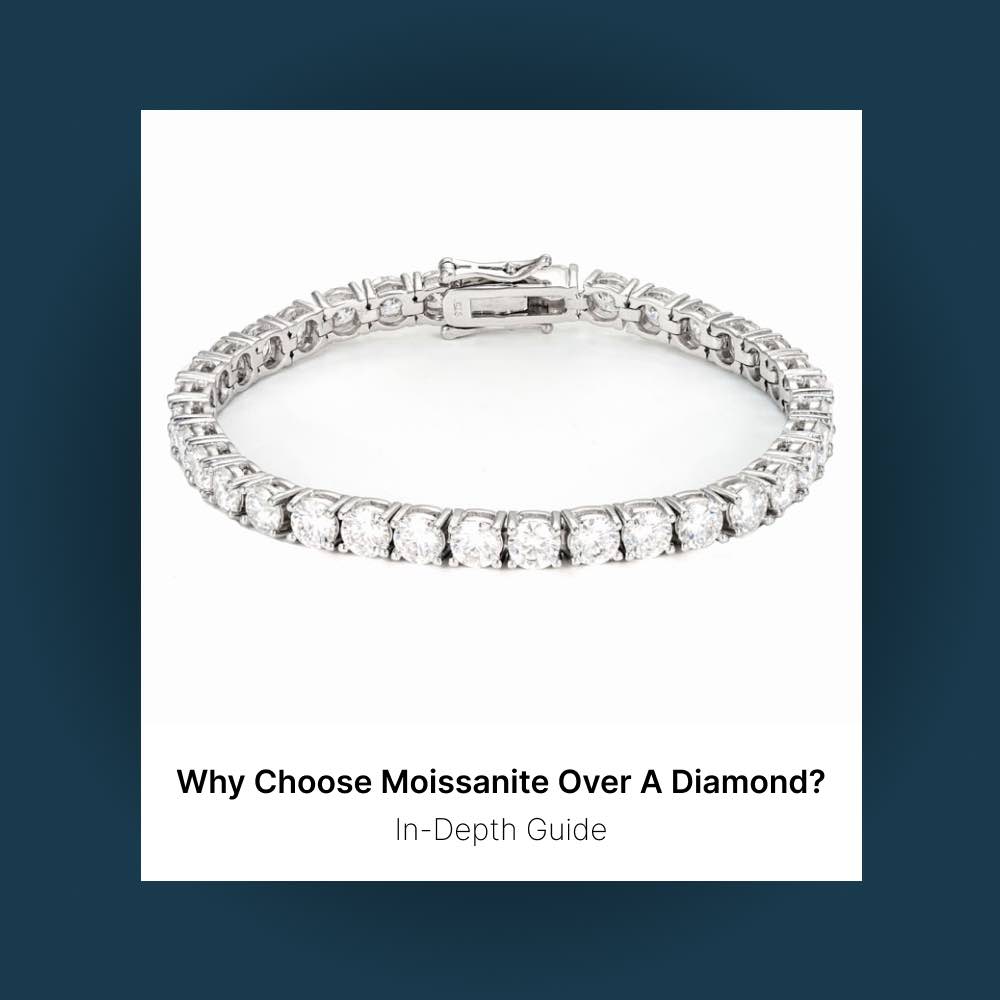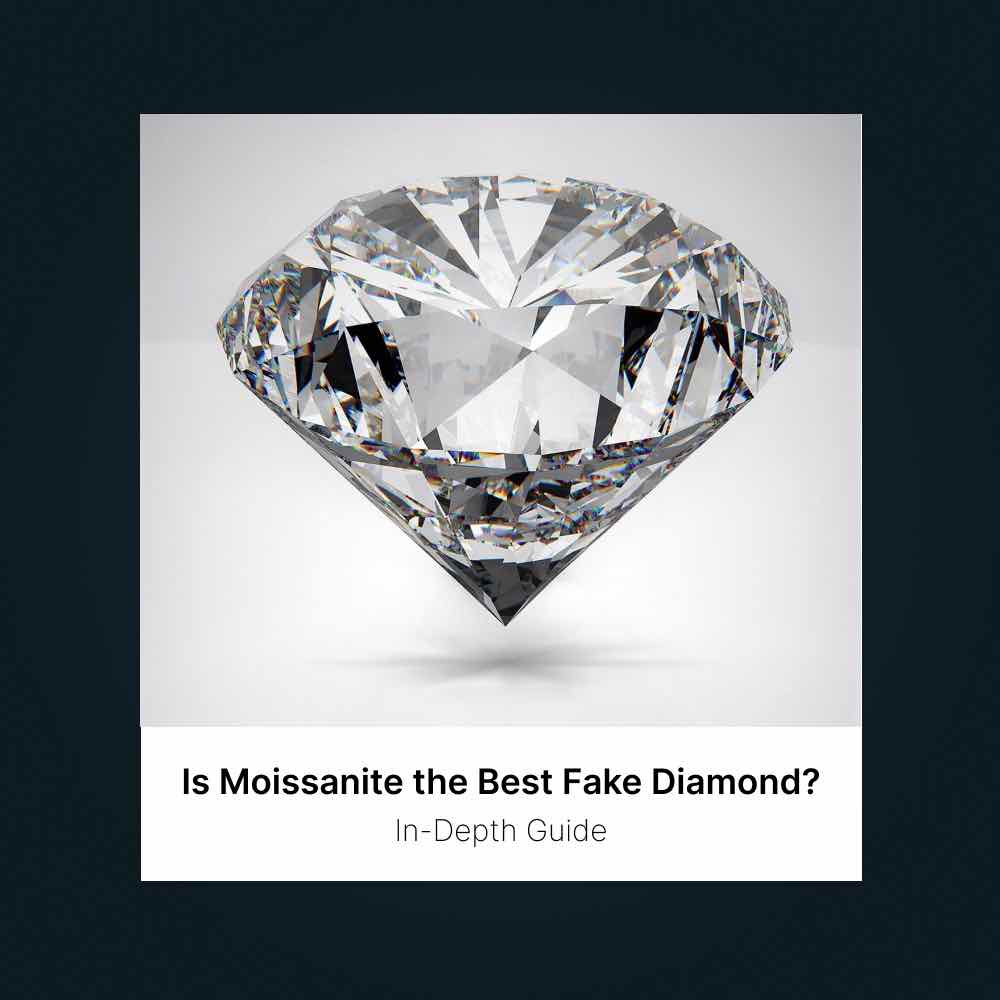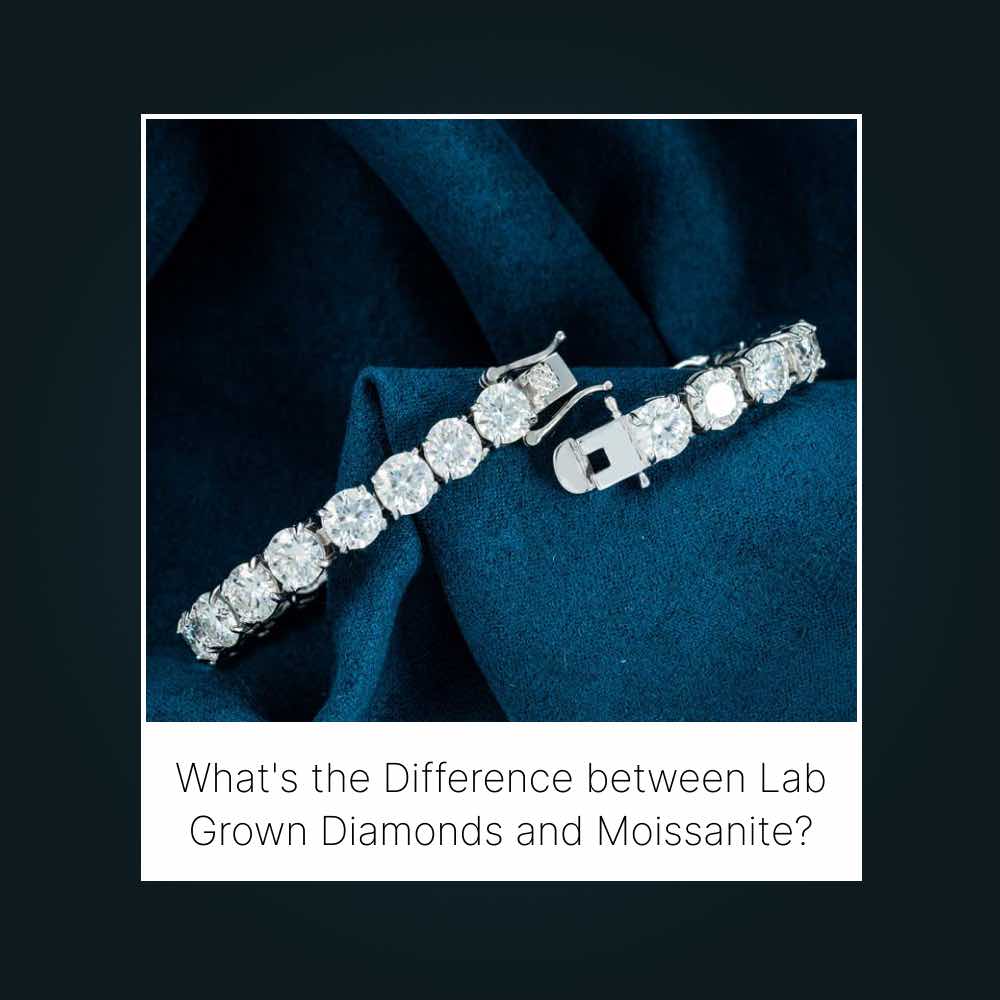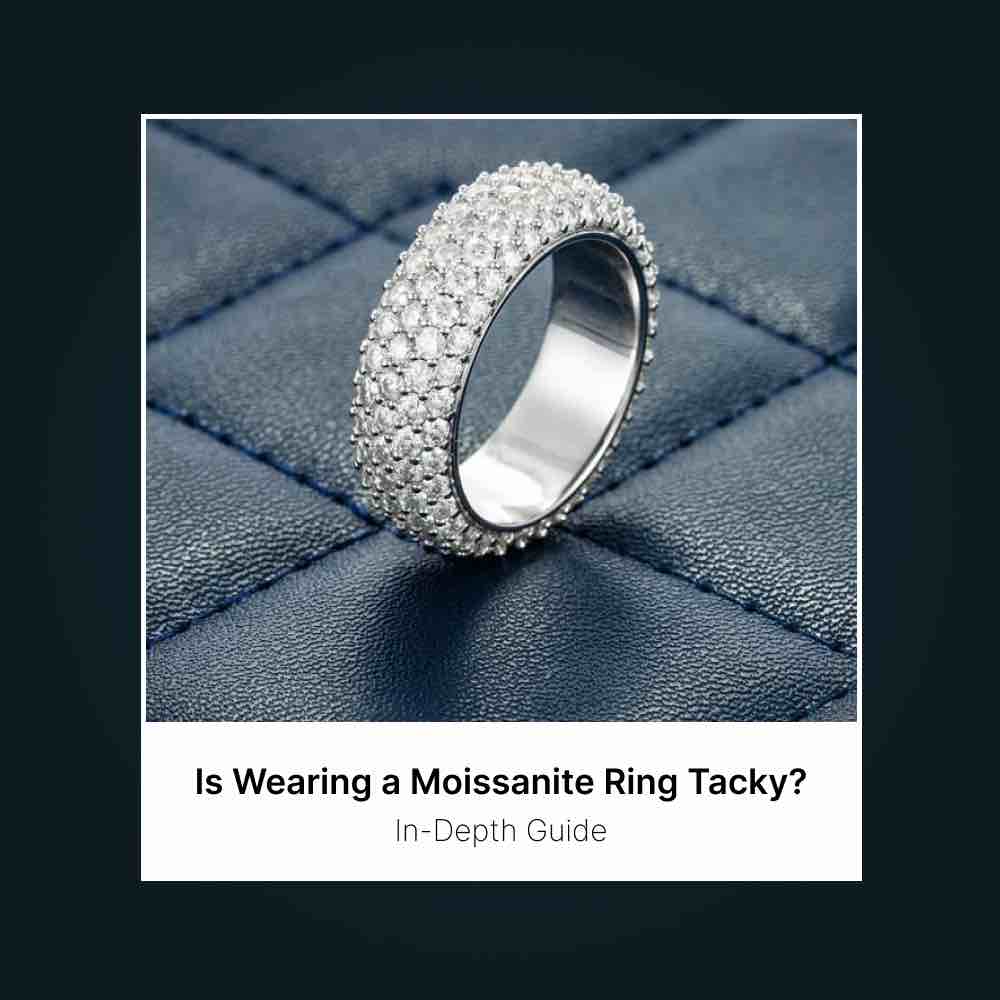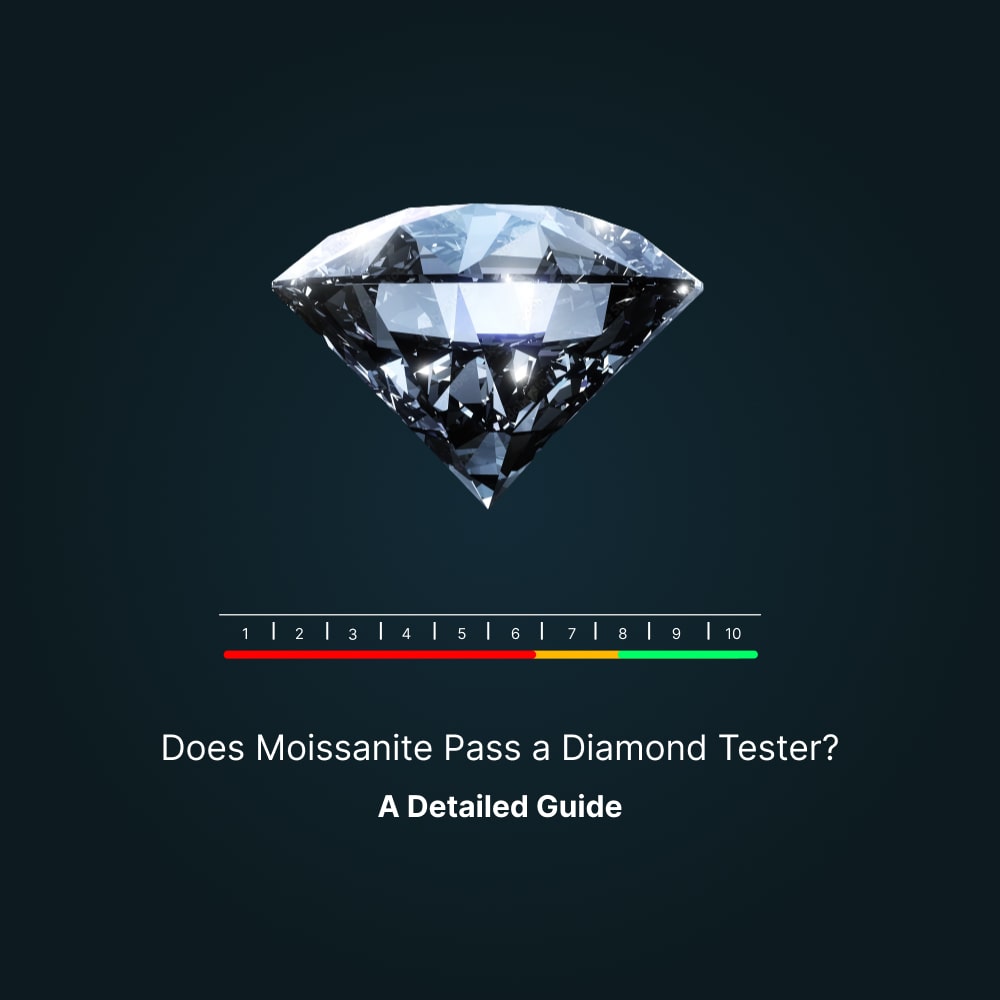Diamonds are a girl’s best friend. However, diamonds require a lot of effort and are difficult to get. This explains their high price and why the collections are so rare. Moreover, there are also labor violations and environmental concerns that go into mining for a diamond. Diamonds are created deep inside the earth’s crust when carbon is subjected to high temperatures and pressure. To find diamonds, you have to mine several miles under the earth. This requires extreme manual labor and is also dangerous.
Natural diamonds, while being hard to find and causing health, safety, and environmental concerns, are also imperfect when it comes to shape. They have to be mined, cut, and polished into pieces of jewelry. However, natural diamonds are unmatched and unparalleled in terms of texture, clarity, and hardness.
Natural Diamonds vs Lab-Grown Diamonds
Lab-grown diamonds have to go through the same process as natural diamonds, except they are done in a lab setting. This eliminates the mining, hazardous labor, and environmental factors when creating diamonds. This reduces the cost by a lot.
Therefore, while lab-grown diamonds cannot be distinguished easily unless closely observed, it is much more affordable than natural diamonds. It poses no threat to the environment either. This makes lab-grown diamonds more ethical than natural diamonds.
Natural diamonds are sourced from mines. Large companies of diamond manufacturers lease mines to look for diamonds under the earth’s crust. This also invites natural calamities because it is so close to the earth’s tectonic plates.
Finally, when considering the prime qualities:
Hardness: Natural diamonds are harder and more resistant to pressure. in fact natural diamonds are one of the hardest materials in the world because of the immense pressure it is created from and the pressure they can withstand.
Refraction: Natural diamonds give out the refraction of a single color while lab-grown diamonds have both multicolored and regular refractions.
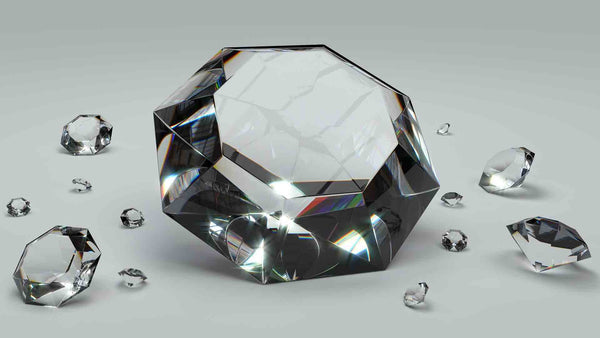
Close Alternatives to Diamonds
Diamond alternatives are now preferred by many over natural diamonds because of their affordability and the wide variety of designs and shapes they provide. Their durability is a strong rival to that of natural diamonds. Besides, the fact that it doesn't pose any threat to the environment or miners is an added bonus.
Cubic Zirconia
Cubic zirconia is a diamond alternative that is cheaper than all the rest. Moreover, it provides rich varieties and designs that natural diamonds don’t offer.
However, cubic zirconia is not that resistant to dirt. They have a lower MOHS hardness rating when compared to natural and lab-grown diamonds that have scored 10/10. Gems that score lower than 5 on this scale are easily scratched and damaged by dirt. This is why, despite being cheap, cubic zirconia is not preferred by diamond lovers.
Diamond Simulants
Diamond simulants have different properties than natural or lab-grown diamonds. So they might not be as comparable to natural diamonds as many other lab-grown diamonds.
Nexus Diamonds and Moissanite are two of the most popular options when it comes to diamond alternatives.

9mm moissanite halo stud earrings screw back 14k white gold
Nexus Diamonds Vs Moissanite
You can decide between Nexus Diamonds and Moissanites in terms of qualities. They each have their unique selling point. For example:
Chemical Abrasions
Nexus Diamonds are more prone to chemical abrasions than Moissanite. This is a common problem of diamond simulants.
Temperature
Temperature is a key factor when deciding the stability of diamonds. Moissanites can withstand over 2000 degrees which is pretty impressive for a diamond simulant. However, Nexus Diamonds are more resistant to temperature than Moissanite which can withstand extreme temperatures.
Hardness
Moissanite, one of the hardest gemstones in the world, has a hardness rating of 9.25 on the MOHS scale, which comes pretty close to the hardness of natural diamonds. On the other hand, diamond simulants like Nexus diamonds are not as hard since they are lab-grown.
Nexus Diamonds have a hardness rating of 9.2, which is less than Moissanite.
As a result, in terms of everyday use and durability, Moissanite outperforms Nexus diamonds.
Clarity
Clarity is a big factor when judging the standard of a diamond. Usually, the more clear and transparent a diamond is, the more it is considered valuable. Except for some diamonds that are known for their colours like the blue diamond or the pink diamond, this is true in all cases.
Refraction
Refraction significantly contributes to the overall brilliance of diamonds and diamond substitutes. Refraction describes the way that light is reflected and absorbed from one medium to the other. Despite the fact that both moissanite and lab-grown diamonds have noticeable brilliance, those refractions differ in a few key ways.
Nexus Diamonds have a unique refractive index. This means that they give only white scintillation as a result of refraction, similar to most diamonds.
In terms of Moissanites, they are doubly refractive. This means that upon refraction, they give multiple hues such as red, yellow or more.
Availability
Availability matters when you are shopping for the jewelry you want to wear regularly. You want as many options as possible to choose what is right for you.
In terms of Moissanites, it is rarer than lab-grown diamonds and is hard to find. Nexus Diamonds are relatively more available than Moissanites.
Moissanites are sold in companies like Charles and Colvard, Brilliant Earth and Forever Moissanite and Nexus diamonds at Diamond Nexus and Forever Companies.

Moissanite Baguette Cuban Link Ring 14K White Gold
Toughness
Toughness is determined on the basis of whether the diamonds will chip off or break when it comes in contact with direct pressure.
It is well known that moissanite is incredibly strong and resilient to pressure and direct force. Due to its chemical composition and unique structure, which does not cleave in the same direction as a lab-grown diamond, it is among the jewels with the highest chip resistance.
Despite chipping far more easily than moissanite or genuine diamonds, Diamond Nexus simulants can be worn if properly cared for.
Price
The price point is a matter of consideration for many individuals. So, when it comes to affordability, Nexus Diamonds can be found for as low as 20 dollars. The size and shape may differ based on the price.
Nexus diamonds are priced at a quarter of the price of real diamonds if the same size is considered.
Moissanites are a bit higher in the pricer range as compared to Nexus Diamonds. It is on average $600 for 1 carat, compared to an average price of $4,000 for similarly graded lab-grown diamonds per carat.

5MM Moissanite Tennis Bracelet 14K White Gold
Final Words
To conclude, it can’t be explicitly said which is the better diamond alternative between Nexus diamonds and Moissanite since there are a multitude of factors at play here. Both are pretty good contenders as a diamond alternative since you are paying essentially a quarter of the price as the real diamond
Moissanites are less readily available than Nexus diamonds. However, Nexus diamonds are better in terms of affordability. Temperature, hardness, clarity, refraction, and toughness can also be a deciding factor so you need to at first determine which matters more to you before coming to a conclusion.



